Optimal Timing for Concrete Walkway Expansions
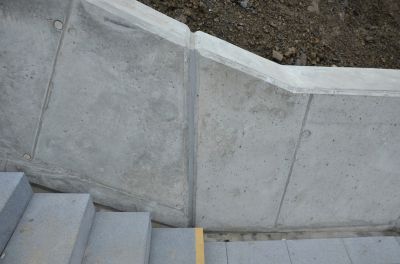
Spring offers moderate temperatures ideal for concrete expansion projects, reducing the risk of cracks caused by extreme weather.
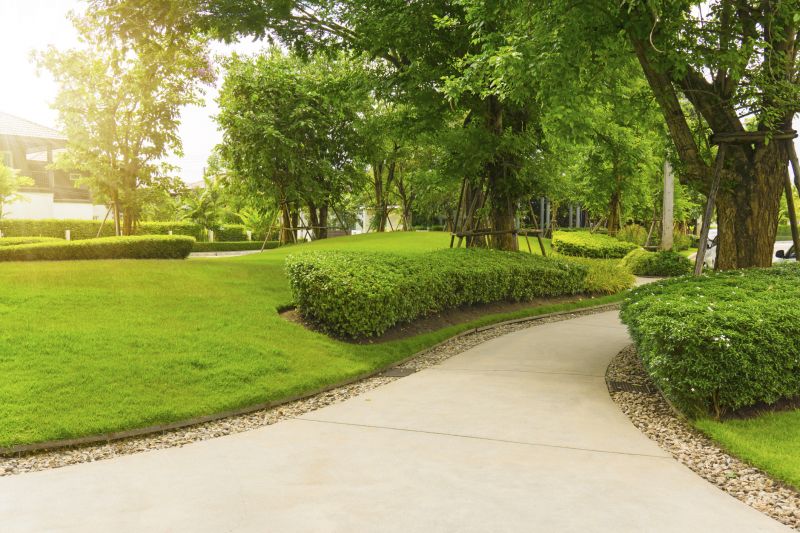
Summer can be suitable if temperatures are controlled, but high heat may accelerate curing and cause cracking if not managed properly.

Fall provides cooler, stable weather conditions, making it a favorable time for concrete expansion work before winter.
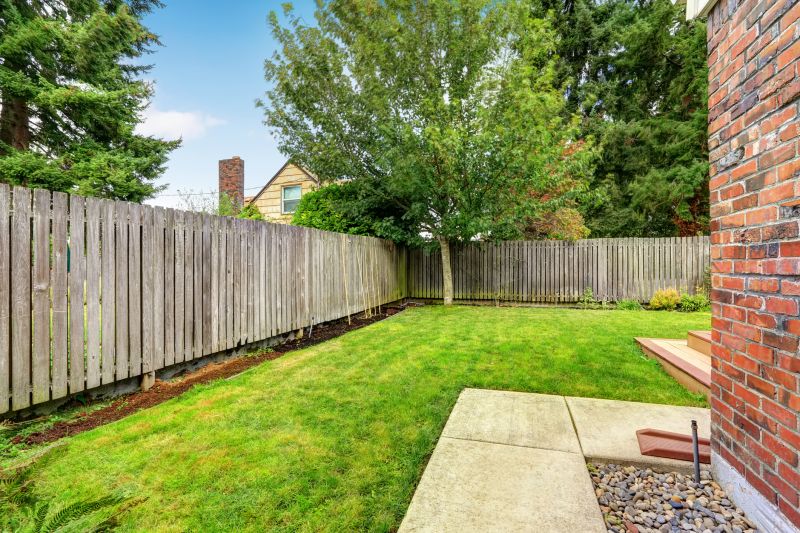
Winter is generally not recommended due to low temperatures and potential for freezing, which can compromise concrete integrity.

Ideal conditions include temperatures between 50°F and 85°F with low humidity and minimal precipitation.

Monitoring weather forecasts is crucial to schedule expansions during periods of stable weather to ensure proper curing.

Ways to make Concrete Walkway Expansions work in tight or awkward layouts.

Popular materials for Concrete Walkway Expansions and why they hold up over time.

Simple add-ons that improve Concrete Walkway Expansions without blowing the budget.
Concrete walkway expansions require careful timing to ensure durability and quality. Proper temperature and weather conditions are essential for optimal curing and to prevent cracking or other issues. Planning expansions during moderate weather seasons can lead to longer-lasting results and reduce the need for repairs later.
Statistics indicate that concrete expands best within specific temperature ranges, with improper timing increasing the likelihood of surface defects. Expanding during suitable seasons minimizes risks associated with rapid drying or freezing, which can compromise the structural integrity of the walkway.

Proper curing is critical for strength development and durability of walkway expansions.

Timing expansions to align with seasonal weather patterns enhances longevity.
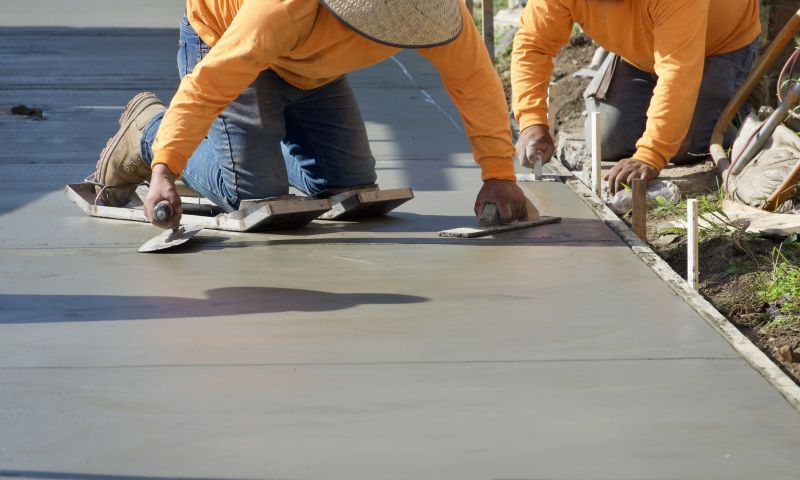
Temperature fluctuations directly influence concrete curing and expansion quality.
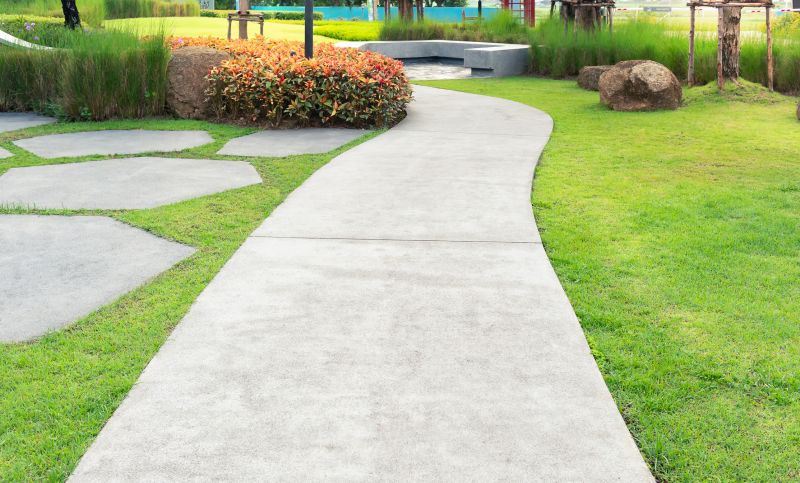
Avoiding rain and extreme cold or heat is essential for successful expansions.

Scheduling during stable weather reduces delays and material waste.

Use of appropriate concrete mixes can mitigate weather-related issues.
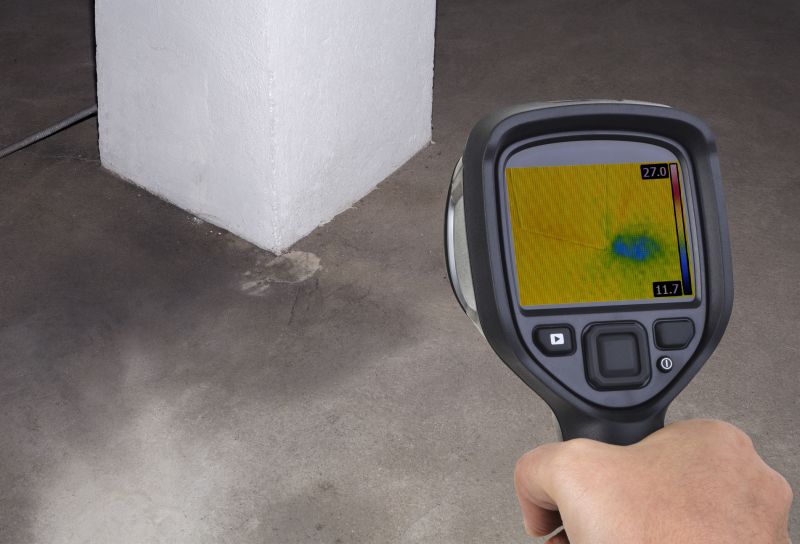
Employing tools to monitor ambient temperatures helps in planning expansions effectively.

Consulting with professionals ensures timing aligns with best practices for concrete work.
| Season | Ideal Conditions |
|---|---|
| Spring | Temperatures between 50°F and 70°F, low humidity, dry weather |
| Summer | Moderate temperatures, avoid extreme heat, monitor curing conditions |
| Fall | Cooler temperatures, stable weather, minimal rainfall |
| Winter | Low temperatures, freezing conditions, generally unsuitable |
| Optimal | Temperatures between 50°F and 85°F, low humidity, dry days |
| Poor Timing | High humidity, rain, freezing temperatures |
Understanding the optimal timing for concrete walkway expansions helps ensure the longevity and durability of the installation. Proper planning around seasonal weather patterns minimizes risks such as cracking, improper curing, or surface defects. Consulting with concrete professionals can assist in selecting the best time for expansion projects.
Interested in expanding or upgrading concrete walkways? Filling out the contact form can provide guidance on scheduling and planning to achieve the best results during suitable weather conditions.
High-end options that actually feel worth it for Concrete Walkway Expansions.
Finishes and colors that play nicely with Concrete Walkway Expansions.
Little measurements that prevent headaches on Concrete Walkway Expansions day.
